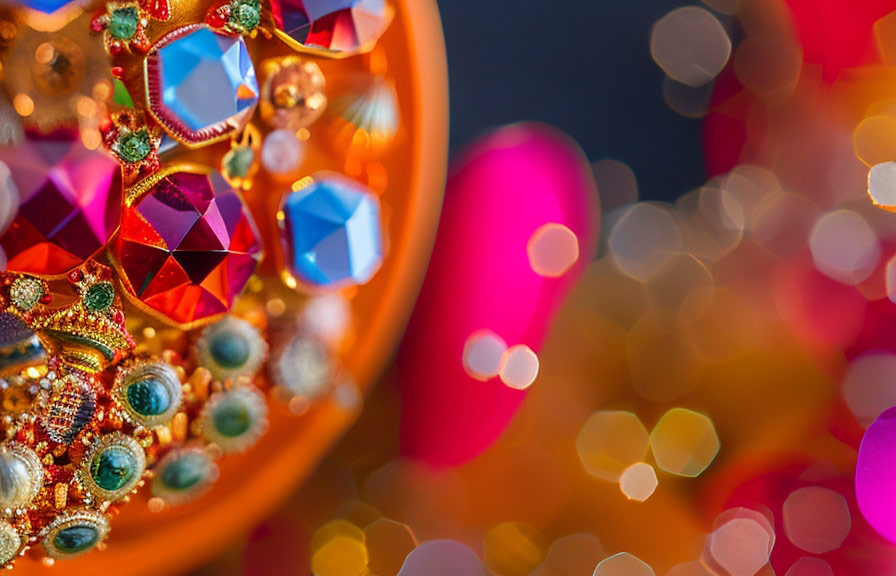Did you know that still life photography has its roots in the 16th century, when painters started to showcase inanimate objects in their works? fast forward to today, and this art form has evolved into a popular genre of photography.
In this post, we will explore how to create stunning still life photographs with simple equipment. we'll cover the best settings, lenses, and lighting techniques to help you achieve professional-looking results.

The best settings for still life photography
When it comes to still life photography, there are a few key camera settings you should be familiar with to achieve the best results. here are some recommendations:
1. Aperture: select a small aperture (large f-number) to ensure a deep depth of field. this will keep more of your subject in focus, which is especially important for still life compositions. a good starting point is f/8 or f/11.
2. Shutter speed: choose a slow shutter speed to capture as much detail as possible. since your subject is stationary, you don't need to worry about motion blur. a shutter speed of 1/4s or longer should be sufficient, but you may need to adjust this depending on your lighting
Conditions.
3. Iso: keep your iso low (100 or 200) to minimize image noise. this will result in cleaner, higher-quality images.
4. White balance: adjust your white balance to match the light source in your scene. this will help ensure accurate colors in your final image.
5. Focus: use manual focus to precisely control which part of your subject is in sharp focus. this is particularly important for intricate still life compositions.
The best lenses for still life photography
Choosing the right lens for still life photography can greatly impact the final result. here are some recommendations for lenses that work well with this genre:
1. Prime lenses: prime lenses, or fixed focal length lenses, offer superior sharpness compared to zoom lenses. a 50mm prime lens is a versatile choice for still life photography and is often referred to as a "nifty fifty" due to its affordable price and excellent performance.
2. Macro lenses: for close-up still life photography, a macro lens is an excellent choice. these lenses are specifically designed for capturing fine details at close range. popular macro lens options include the 90mm and 105mm focal lengths.
3. Telephoto lenses: if you have limited space in your shooting area or want to compress the background, a telephoto lens might be a good choice. these lenses can help you achieve a shallow depth of field, isolating your subject from the background.
Now that you know which lenses are best suited for still life photography, let's move on to lighting techniques.
How to light your still life for photography
Lighting plays a crucial role in still life photography. here are some tips on how to effectively light your scene using simple equipment:
1. Natural light: the easiest and most affordable lighting solution is to use natural light from a window. this type of light is soft and even, which is ideal for still life photography. position your subject near a window with indirect sunlight for the best results.
2. Reflectors: to control the direction and intensity of the light, use a reflector. you can purchase a professional reflector or simply use a piece of white cardboard to bounce light onto your subject.
3. Diffusers: if the natural light is too harsh, use a diffuser to soften it. a sheer white curtain or a sheet of translucent material placed between the light source and your subject can work as a diffuser.
4. Artificial light: if you don't have access to natural light, you can use artificial light sources such as continuous led lights, speedlights, or even desk lamps. when using artificial light, it's essential to match the color temperature of the light source to your camera's white balance setting.
5. Light modifiers: to create more interesting lighting effects, you can use light modifiers such as softboxes, umbrellas, or snoots. these tools help you control the direction, quality, and intensity of the light, giving you more creative control over your still life photography.
Remember that still life photography is all about experimenting with different lighting setups and finding what works best for your specific subject.
Conclusion
Creating artistic still life photographs doesn't require expensive equipment or a professional studio. by understanding the best camera settings, choosing the right lens, and mastering simple lighting techniques, you can create stunning still life images that will impress your audience.
So, bring your camera, set up your scene, and start experimenting with the tips provided in this post. happy shooting!
